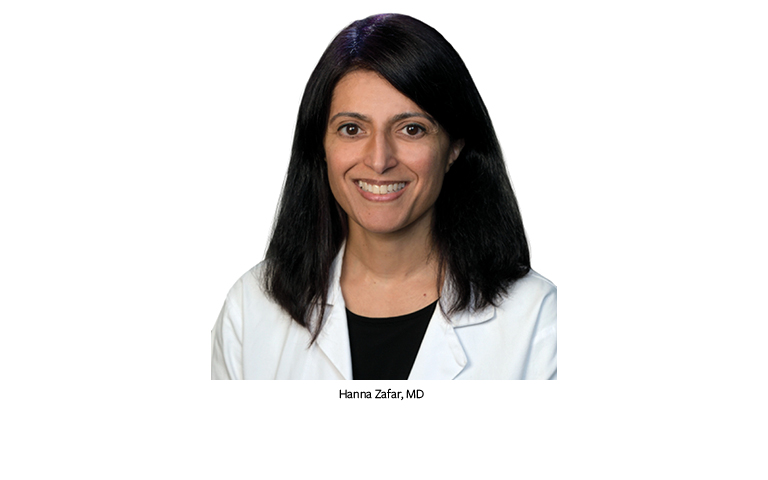The question of how to handle incidentally found pancreatic cysts continues to challenge physicians, as rapid growth in the use of CT and MRI has led to a surge in detection in recent years. More than 50% of scans show some incidental findings; between 3% (via CT scans) and 15% (via MRI) of patients that have abdominal imaging for a separate reason are found to have an unexpected pancreatic cyst.1
According to David S. Weinberg, MD, MSc, chair of the department of medicine at Fox Chase Cancer Center in Philadelphia, this is not an infrequent problem for radiology — or for the primary care providers who get the reports back. “Somewhere between 2% and maybe even as high as 30% of people over the age of 60 will have some form of pancreatic cyst,” says Weinberg. “We’re talking about tens of millions of people.”2 So, what is the optimal use of imaging in the surveillance of a pancreatic cyst? A new study, led by Weinberg, out of the ECOG-ACRIN Cancer Research Group — a multidisciplinary, membership-based scientific organization that designs and conducts biomarker-driven cancer research — aims to answer that question.
Differentiating Between the Guidelines
“One of the fundamental challenges is that there are a variety of guidelines that currently exist for the management of these pancreatic cystic lesions,” says Hanna Zafar, MD, associate professor of radiology at the Hospital of the University of Pennsylvania and contributing author to the study. “For example, there are the Fukuoka consensus guidelines, which are very aggressive, and then there are the American Gastroenterological Association guidelines, which are less aggressive. When you have a heterogeneity of guidelines, and there’s no evidence to support the clear use of one management pathway over another, you can imagine the variability of follow-up that is going to ensue.” Zafar notes that depending on where you are in the country, or which provider you see, or which guideline they’re using, the same patient with the same cyst is going to get treated very differently. “Anytime you have that kind of heterogeneity, you’re introducing an opportunity for suboptimal patient outcomes, because we’re not treating people in a standardized fashion,” she says. To address the disparate approaches, an upcoming ECOGACRIN study compares the two primary guidelines in regular clinical practice for monitoring pancreatic cysts to learn which method leads to better outcome for patients. “Sometimes we just don’t know the best way to handle patients,” says Ruth C. Carlos, MD, MS, FACR, editor-in-chief of the JACR® and contributing author to the study. “Are we missing something if we do something that is less invasive? Or are we over-diagnosing and over-treating if we do something that’s more invasive? That’s the problem we’re trying to solve with this study.”
Guiding Research With Patient Feedback
Another unique aspect of the ECOG-ACRIN study is the inclusion of the patient voice. “As health equity and financial toxicity of care become even more important, we want to understand the added cost of incidental findings — not just to the system, but to the patient,” Carlos says. “Testing is not a benign procedure. When we expose patients to more testing than they need, we run the risk of inducing unnecessary anxiety — and unnecessary cost.” Zafar agrees. “This trial is designed to collect patient outcomes like their out-of-pocket costs or psychological worry associated with more or less intensive surveillance, in addition to the clinical information. That’s an equally important part of what we’re doing and an equally important reason why we are hoping that more sites will become engaged in the trial.”
Drumming Up Support
In the spring, Weinberg, Carlos, and Zafar were making inroads with the study when COVID-19 hit. “If you wanted to create the perfect storm to hamper enrollment for a very common clinical problem, it would be COVID-19,” Weinberg says. “Patients are getting less healthcare, so we’re encountering reduced incidental identification of these lesions. We could really use the help of radiologists around the country to do this.” Zafar agrees. She hopes radiologists can approach the gastroenterologists and surgeons that they work with to let them know about the trial. “We want to promote awareness of the trial, and also help the study coordinator identify any eligible patients whose scans they have interpreted,” says Zafar. At the end of the day, it’s about making sure patients are getting the best care possible, says Zafar, and that should be driven by evidence, not expert opinion or conjecture. “My hope is that radiologists who share our frustration over the lack of high-quality evidence will feel inspired to help us,” she says. “We have the ability to really make a significant mark on patient care.”

